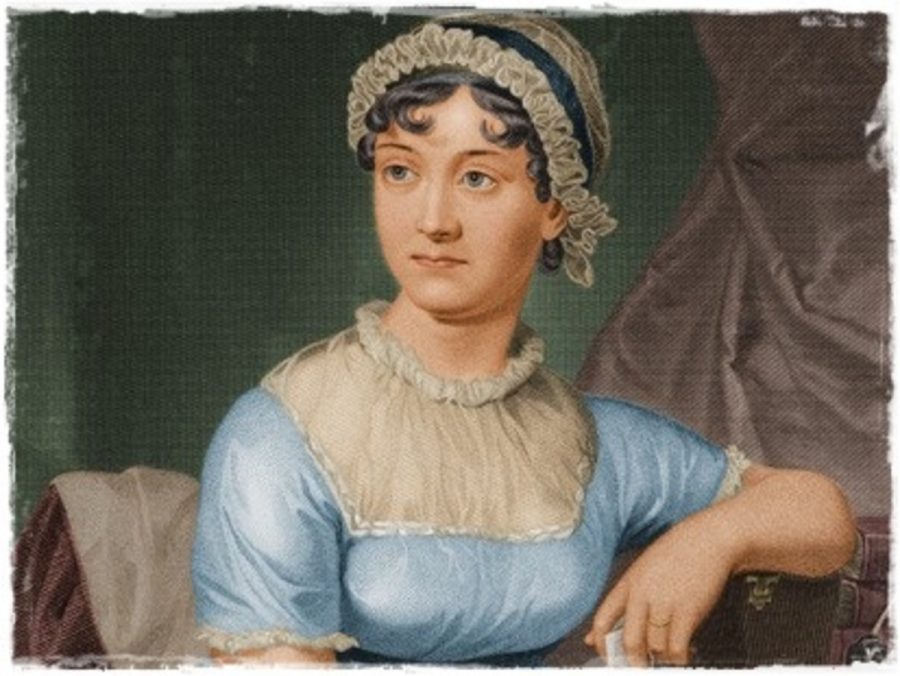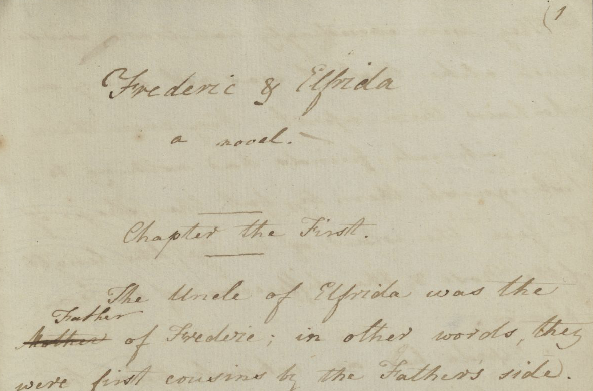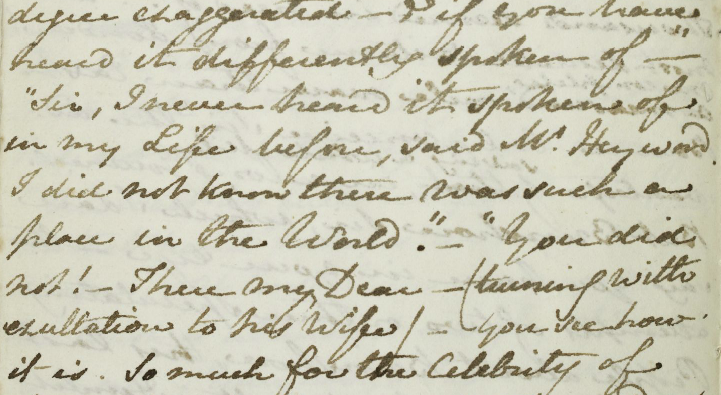Among all novelists currently working in the English language, how many pay the attention to style Martin Amis does? And among all novelists who have ever worked in the English language, how many pay the attention to style Vladimir Nabokov did? No wonder that the former yields to none in his appreciation for the latter. “Amis has always wanted to see Nabokov as someone resembling his own critical self — essentially, a ‘celebrator,’ a man whose darkness and severities have been overstated,” write The New Yorker’s Thomas Mallon. Amis has explicitly taken note of “Nabokov’s disdain for sympathetic identification with fictional characters, and also of his belief that artistic effect was everything, the descriptor more important than the described.”
Nabokov’s declaration that “for me, ‘style’ is matter,” Mallon writes, “remains almost fearfully thrilling to Amis.” And it is with one of Nabokov’s principles on style that Amis begins in the Big Think video above. “There is only one school of writing,” he quotes Nabokov as writing. “That of talent.” You can’t teach talent, of course, “but what you can do is instill certain principles,” one of them being “the importance of ugly repetition.” But then, “repetition has its uses, and anything is better than trying to avoid repetition through what they call ‘elegant variation’ ” — the use, which Amis dismisses as pointless, of “using a different word when there’s no change in meaning.”
Most of us commit elegant variation with thesaurus in hand; hence, it would seem, that particular reference book’s reputation as the tool of second-class writers and worse. But Amis himself uses the thesaurus, and heavily, as a means of “avoiding repetition of prefixes and suffixes” — he cites Nabokov’s changing the title of Invitation to an Execution to Invitation to a Beheading — “as well as rhymes and half-rhymes, unintentional alliteration, et cetera.” People assume “thesauruses are there so you can look up a fancy word for ‘big,’ ” when in fact they serve their true purpose when you come to a point in a sentence “where you’re unhappy with the word you’ve chosen not because of its meaning, but because of its rhythm. You may want a monosyllable for this concept, or you may want a trisyllable.”
A writer like Amis, or indeed Nabokov (who learned English after his native Russian), will also “make sure they’re not visiting an indecorum on the word’s derivation.” This requires nothing more than the humble dictionary, to check, for example, whether dilapidated can describe a hedge as well as a building. (It can’t, and Amis explains why.) “When you look up a word in the dictionary, you own it in a way you didn’t before,” says Amis, who estimates that he does it himself a dozen times a day. “It’s very labor-intensive. It takes a long time, sometimes, to get your sentence right rhythmically, and to clear the main words in it from misuse. And all you’re winning is the respect of other serious writers. But I think any amount of effort is worth it for that.”
Related Content:
Vladimir Nabokov Names the Greatest (and Most Overrated) Novels of the 20th Century
Norman Mailer & Martin Amis, No Strangers to Controversy, Talk in 1991
Writing Tips by Henry Miller, Elmore Leonard, Margaret Atwood, Neil Gaiman & George Orwell
V.S. Naipaul Creates a List of 7 Rules for Beginning Writers
Nietzsche’s 10 Rules for Writing with Style (1882)
Based in Seoul, Colin Marshall writes and broadcasts on cities, language, and culture. His projects include the book The Stateless City: a Walk through 21st-Century Los Angeles and the video series The City in Cinema. Follow him on Twitter at @colinmarshall, on Facebook, or on Instagram.






